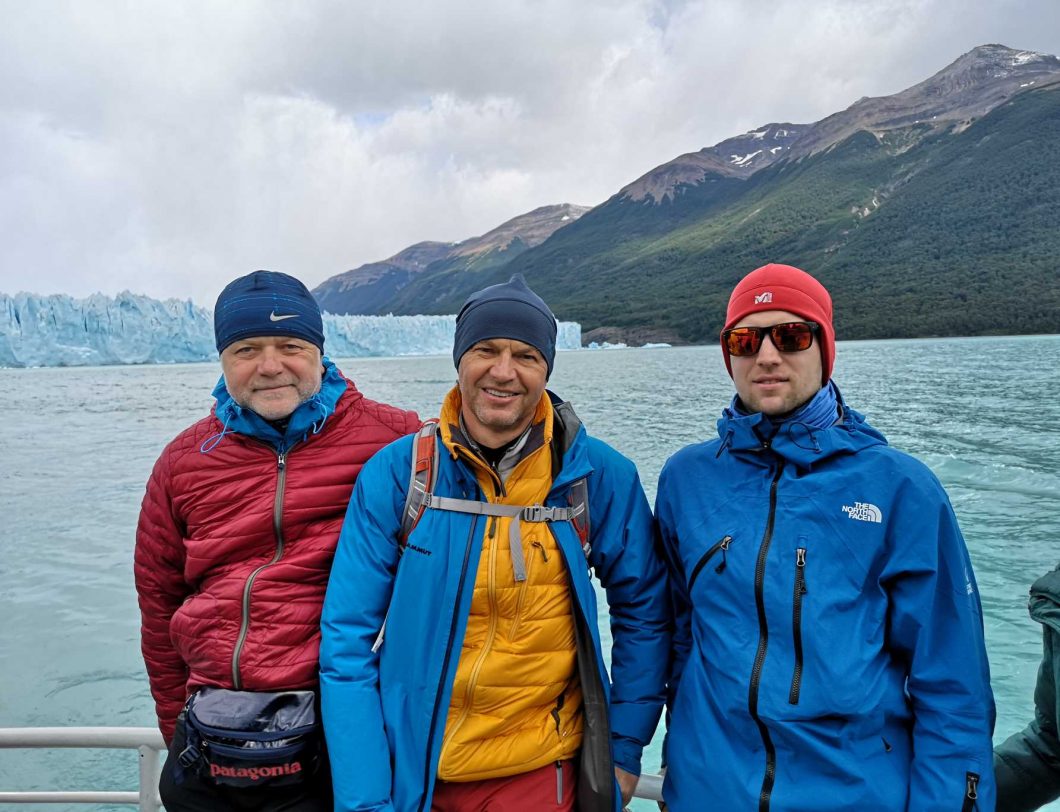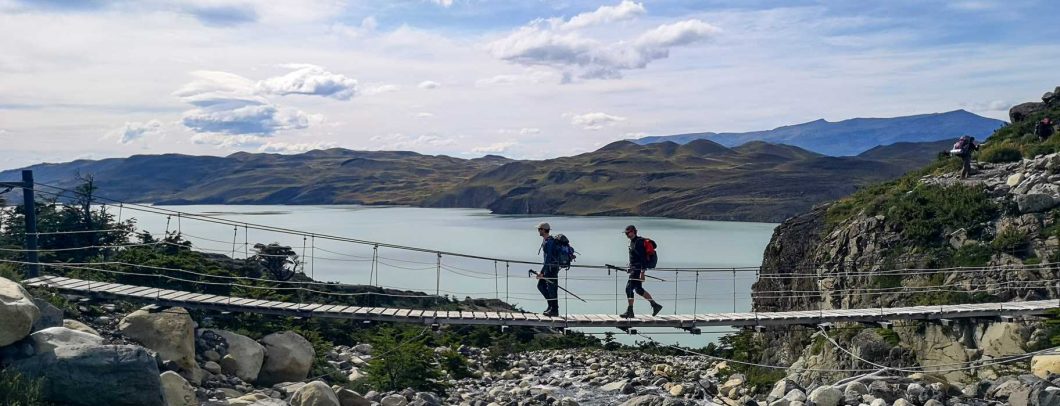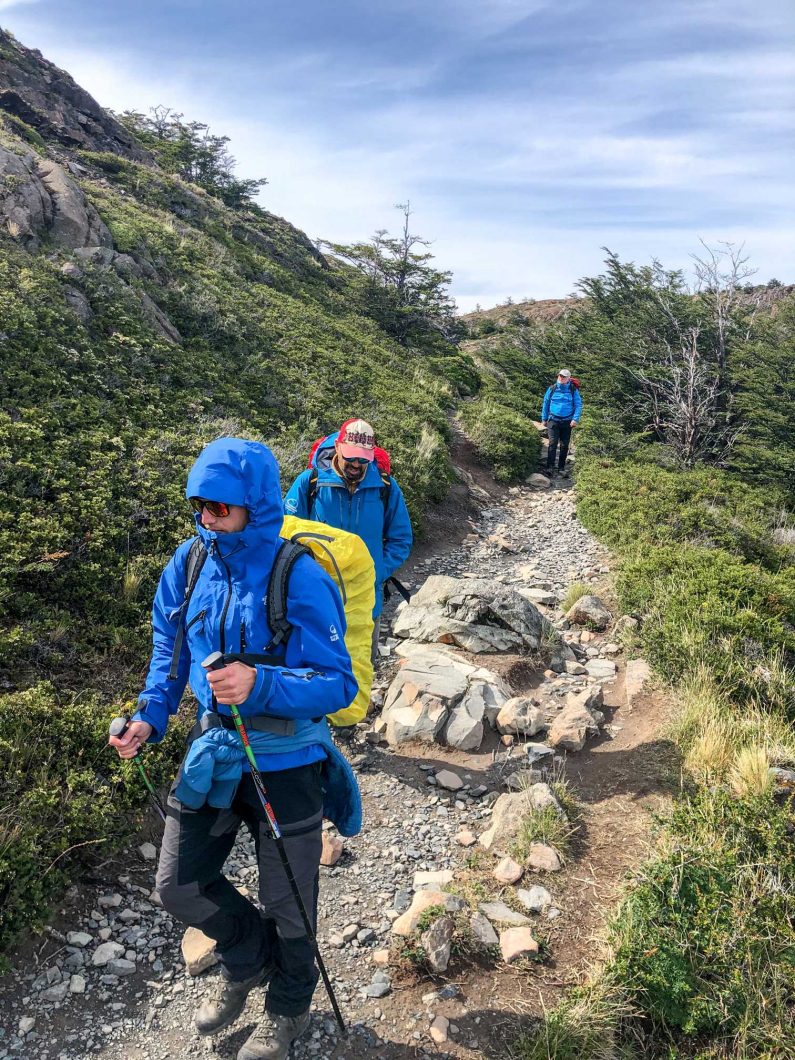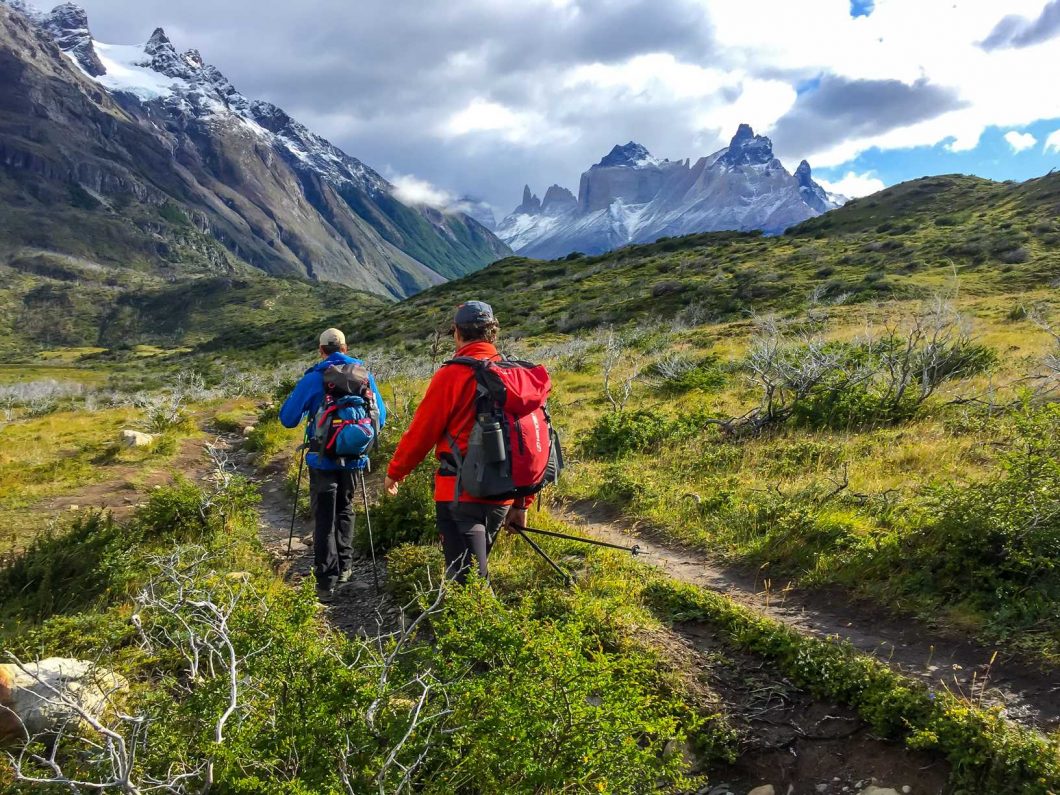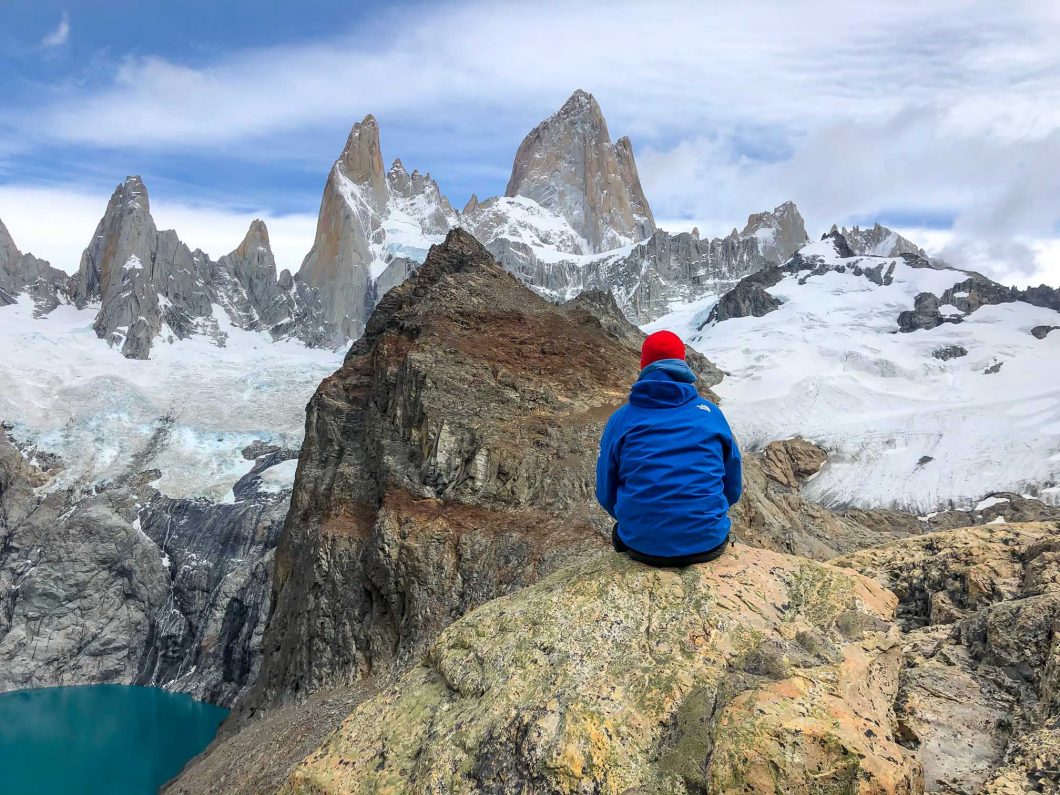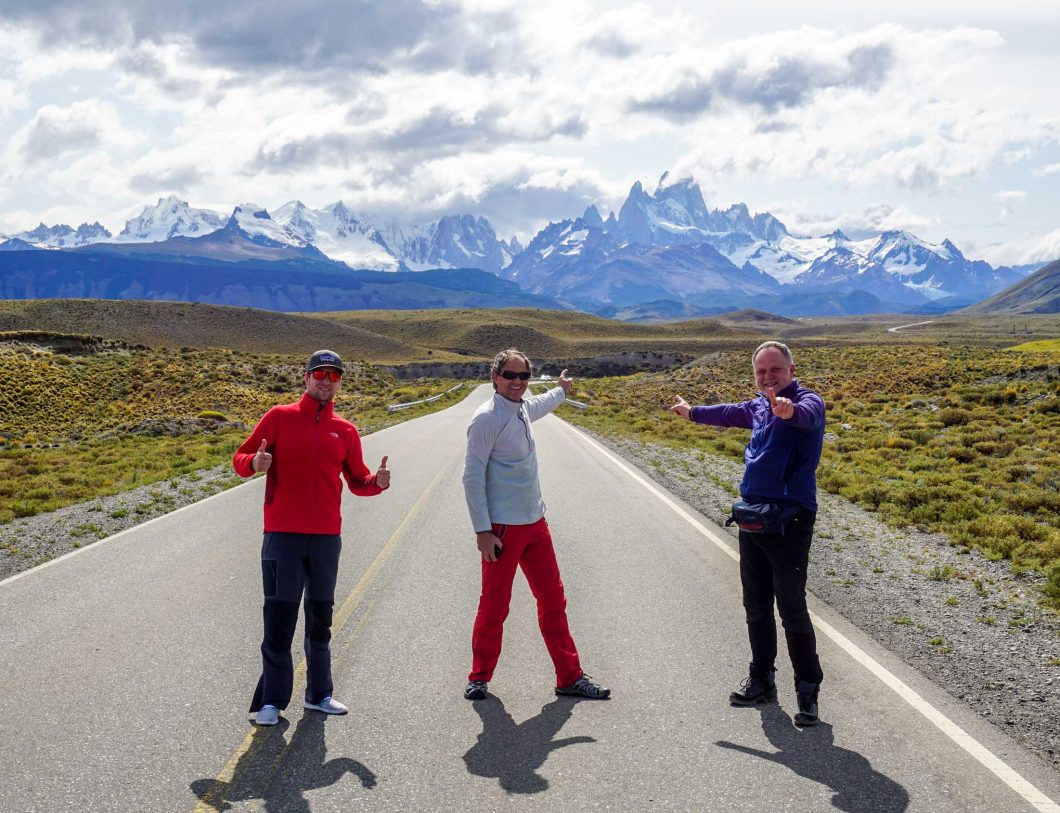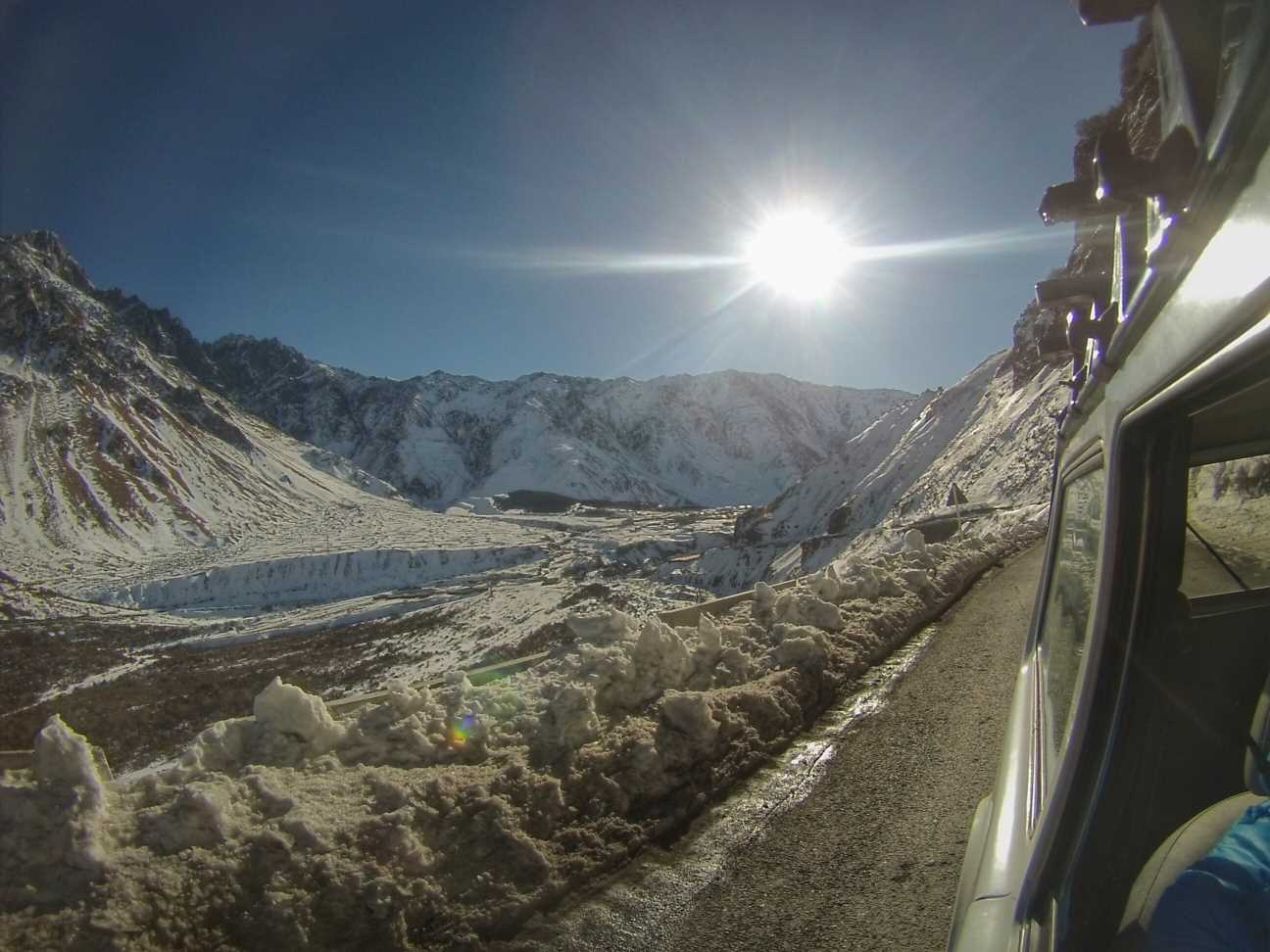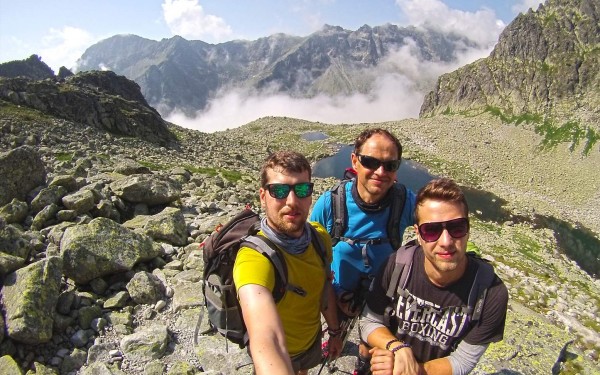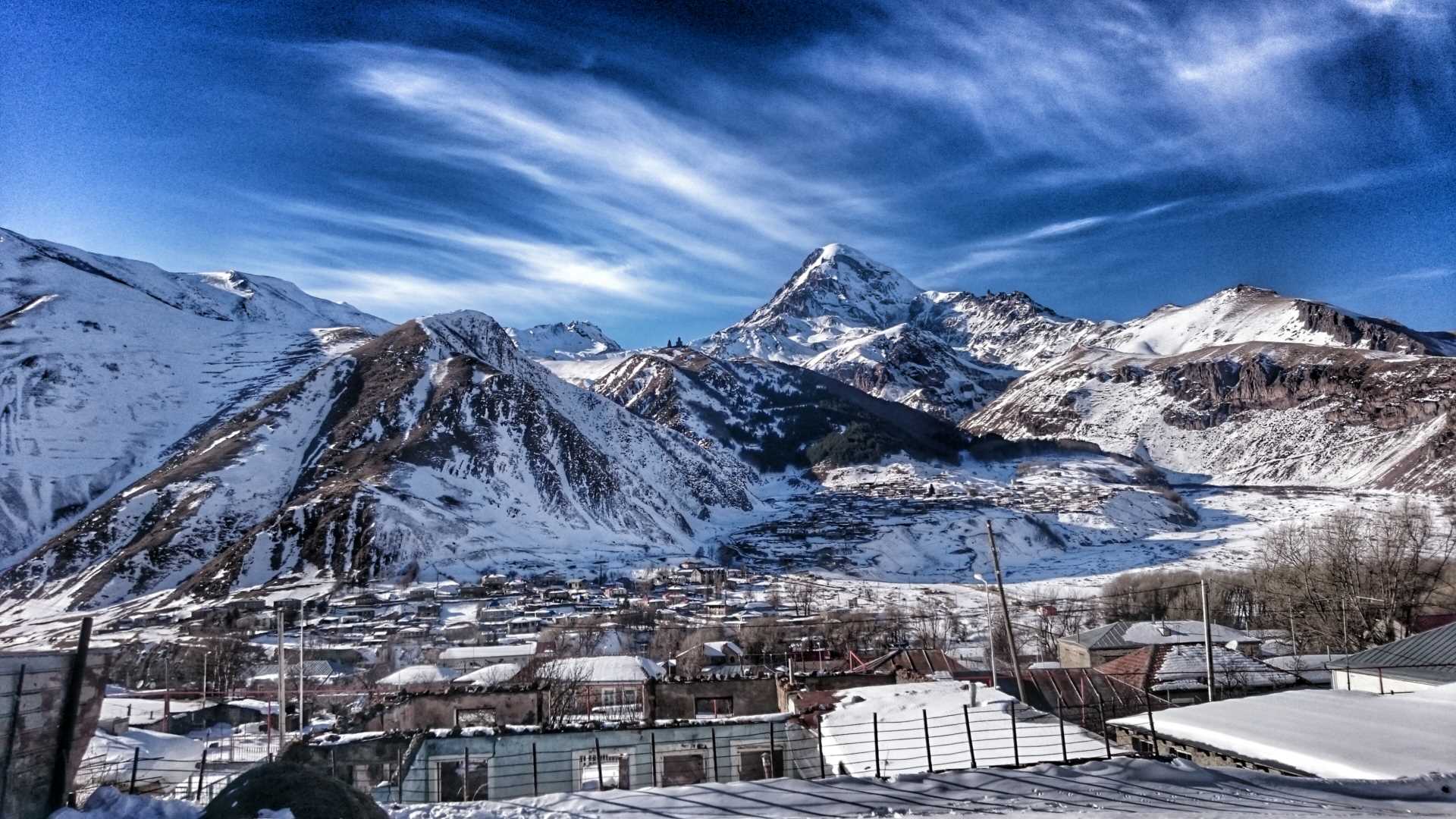After two great trips with my father to Tanzania taking on Kilimanjaro and a year later the ascent to the base camp of Mardi Himal in Nepal, after more than a year of rest, another joint adventure began to form in my head. Africa and Asia have already been visited and thanks to the ideal weather in January and February, we finally decided on South America.
We were supposed to take a trip to Patagonia via an unnamed Czech tour operator, but due to a changed date (praise to God), I decided to plan the whole trip myself. In the meantime, our good friend Norbi joined us and I had less than 2 months left to put together a perfect trip to Patagonia.
We flew to Buenos Aires, a city of tango, culture, football and great meat. It is also one of the gateways to South America. We spent only 1 day in the capital. Our favorite part was the colorful neighborhood with street art “La Boca” and without a doubt great steaks at ridiculously low prices … We were far less captivated by the city center, where it was possible to observe poverty, begging mothers with children and almost a third of retail space was for rent.
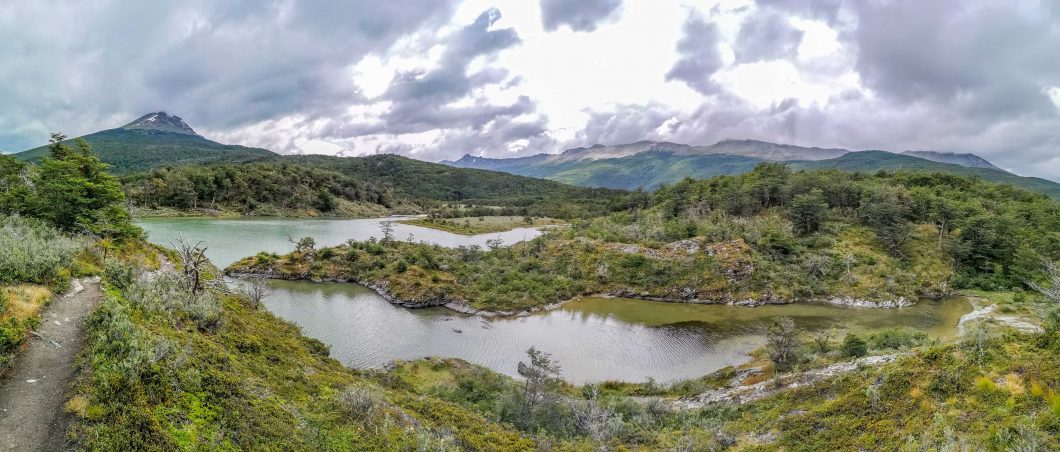
The very next morning we flew in the direction of Ushuaia, the southernmost city in the world known mainly for „tierra del fuego“ national Park. Our itinerary was only 2 weeks and included probably the best of Patagonia. That’s why we only spent less than 2 days in Ushuaia. In Ushuaia, in such a short time, one also has 3 options. Visit the Tierra del Fuego National Park, where you can trek to delusion or step on the Martial Glacier, which is located just above the city, or go on one of the day boat trips to watch penguins and seals.
Right after arrival we repacked our backpacks and took a taxi to the national park “Tierra del Fuego”. We just wanted to warm up on the first day, so we wandered around the bay of Bahia Lapataia and around it for about 2 and a half hours, made 10km and could go for a beer.
Ushuaia is known from a gastronomic point of view mainly because of the King Crab and I can confirm that it was excellent. However, I can’t fail to mention the great Argentinian wines, which we succumbed to several times thanks to Norbi and his refined talent for choosing the best … Although Argentina is better known for its wine, they also had very tasty beers, especially IPA, Pale Ale and some APAs.
The next day we headed to the Martial Glacier, which rises above the city and greeted us with a typical Patagonian wind and rain. The surrounding nature largely reminded us of hiking in our mountains High Tatras. Only there was less tourists.
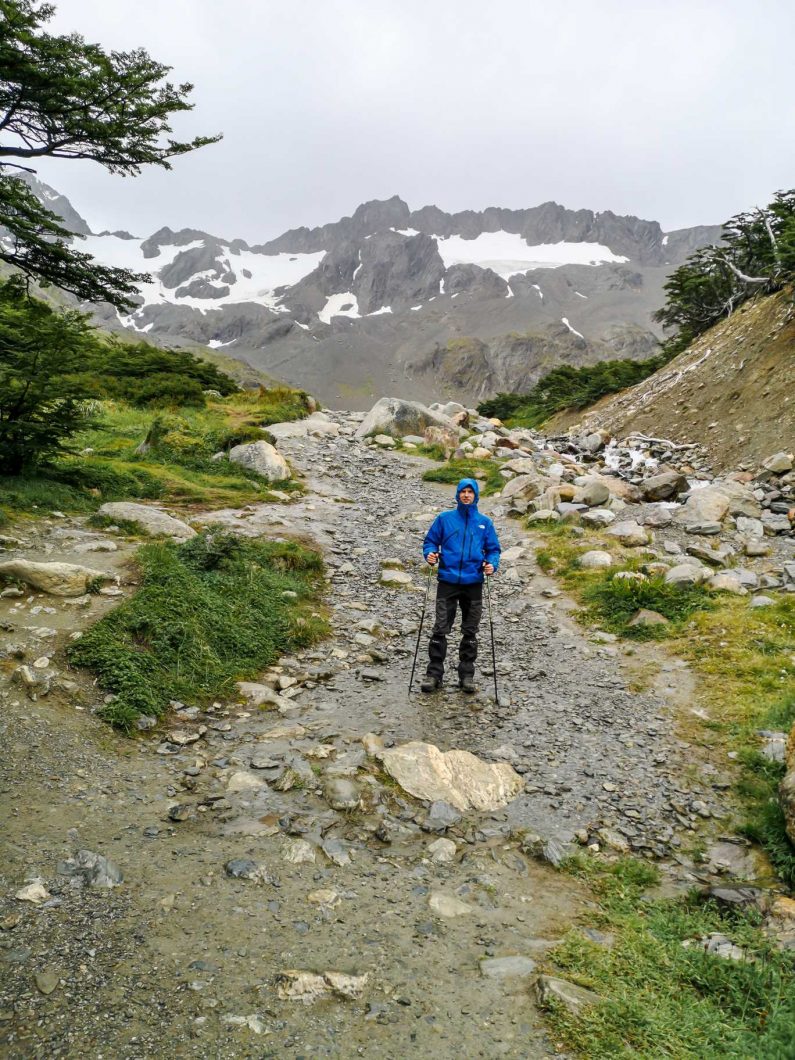
In the evening we flew on a domestic flight to the town of El Calafate. It was less than an hour’s flight to the northwest of Argentina to a place famous for perhaps the most famous glacier – Perito Moreno. We also rented a car for less than 5 days. The city itself is about a 20-minute drive from the airport. El Calafate is a very nice town, reminding me of those in the USA. It was basically one main promenade with many shops, restaurants and bars.
Here, for a change from Ushuaia’s seafood, we preferred a good steak with Norbi. My father Pali took rather vegetarian approach during the dinner and despite our smirks, ordered only a vegetable salad.
The next morning we went to the national park “Los Glaciares”, where the main attraction is the already mentioned Perito Moreno Glacier. The journey takes about an hour and the entrance fee to the national park was about 10 €. You have more freedom in your own car than if you came by bus or organized trip. I recommend coming as soon as possible in the morning due to the influx of tourists. We booked an hour’s cruise along the glacier at 10:30. When we returned back there was way too many people everywhere. You can also see the glacier for free from the various viewpoints that are located by the glacier.
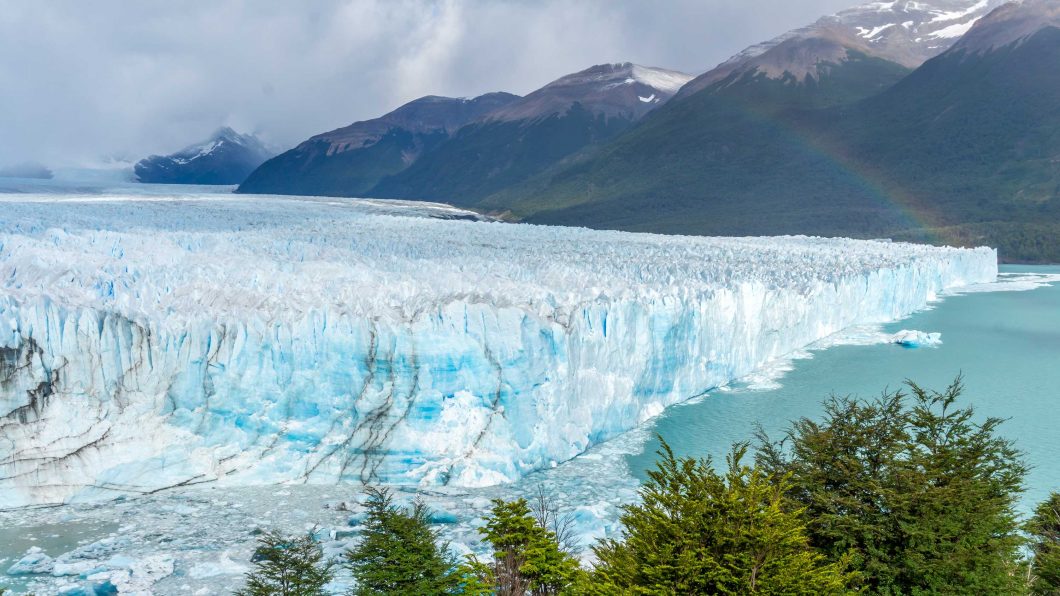
I must say that even though it is probably the touristiest place in the whole Patagonia, one must not miss it. It was a breathtaking beauty and something unimaginable for us, Slovakians. Perito Moreno is spread over 254 km2 and has 74 meters at the highest point on the front wall. Underwater it reaches up to 170 meters. It is one of the few glaciers in the world that, despite losses, constantly accumulates its mass and thus maintains a balanced state. During our one-hour cruise, we heard but mainly saw perhaps up to 10 detachments. Some smaller, others larger but none of it I got on the video.
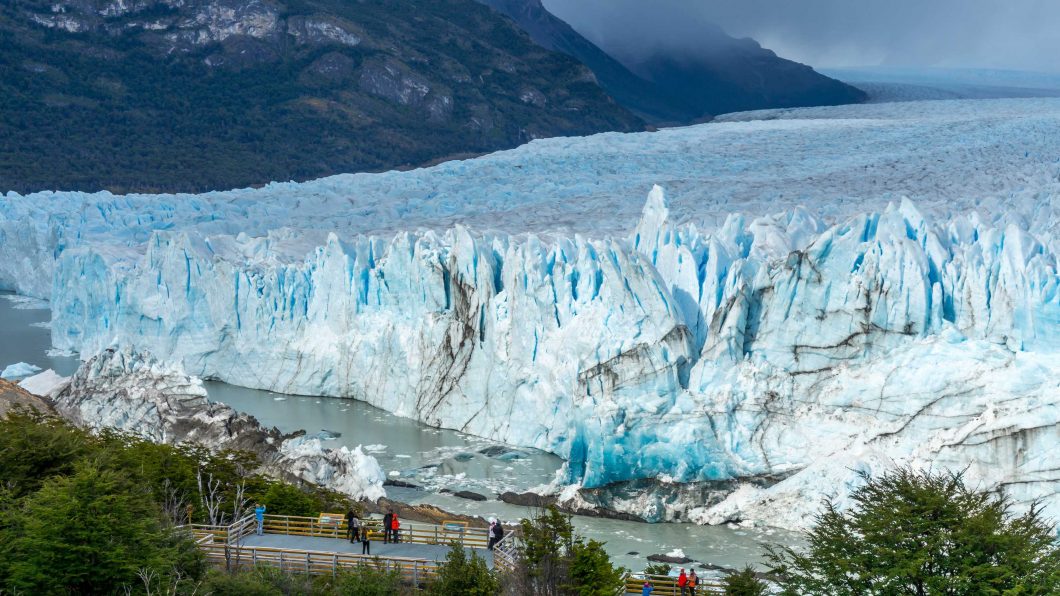
Around lunch time we went straight to a small town, respectively rather a village of El Chaltén. 290 km away and a few hours’ drive on the empty, straight and windy roads of the Patagonian province of Santa Cruz. For this section of the road, Pali replaced me behind the wheel and our Chevrolet approached its maximum speed almost all the time. Thanks to a heavy foot on the gas, we got to El Chalten relatively quickly. Either way, there was nowhere to stop along the road and the country didn’t change significantly … It was one road along which there was an endless fence, sometimes we saw some guanacos, sheep or horses and where the eye could see there was nothing else. No gas station, village, restaurant or even a house. Before arriving to El Chalten, however, we were suddenly amazed by the view of the unreal peak formation in Los Glaciares National Park in the background. The dominant feature of the whole parade was the most famous peak in the whole area – Fitz Roy. The village itself gave us a very relaxed impression from the moment of arrival where the vast majority of tourists were young people.
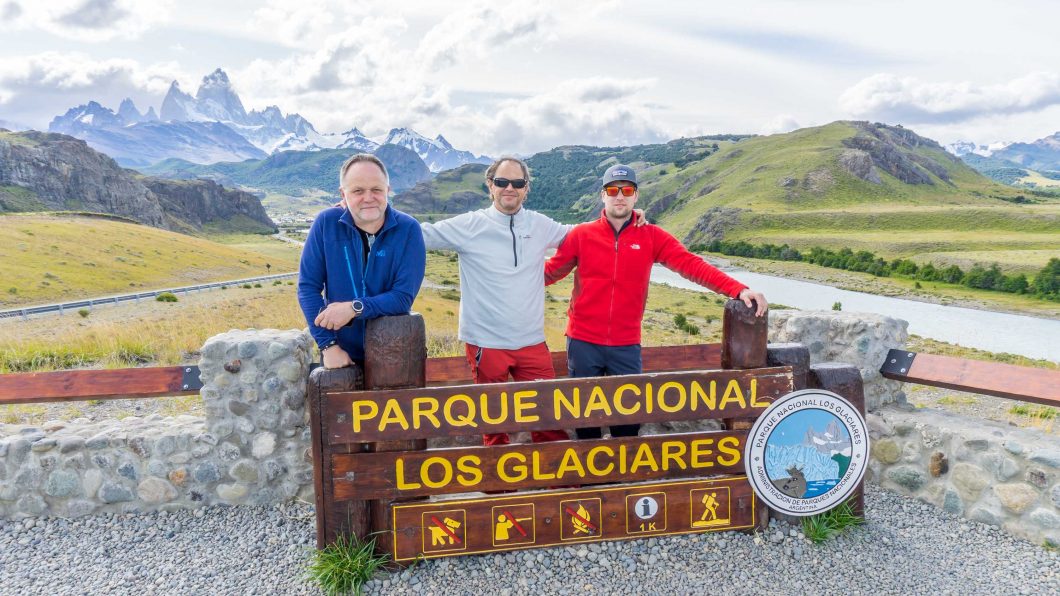
The next day I had a birthday and I could not wish for a better gift than hiking the “Laguna de los tres” and thus the “lagoon of three” where the number three means 3 hills. Supreme Fitz Roy, Cerro Torre and Mount Poincenot. In order not to go up and down the same route, we decided to go about half an hour higher to the hotel Pilar from where the trail begins. The route had an even ascent to the Río Blanco campsite, from where a good steep climb began for the last kilometer and a half. The great weather came out and fortunately the famous Patagonian wind and the rain did not happen and we were able to enjoy the beauty after a few hours of sweating. Razor-sharp mountains led by Fitz Roy dominated the scenery, as if cut from National Geographic publication. Now I can say that from the whole trip around Patagonia it was probably the most beautiful trek.
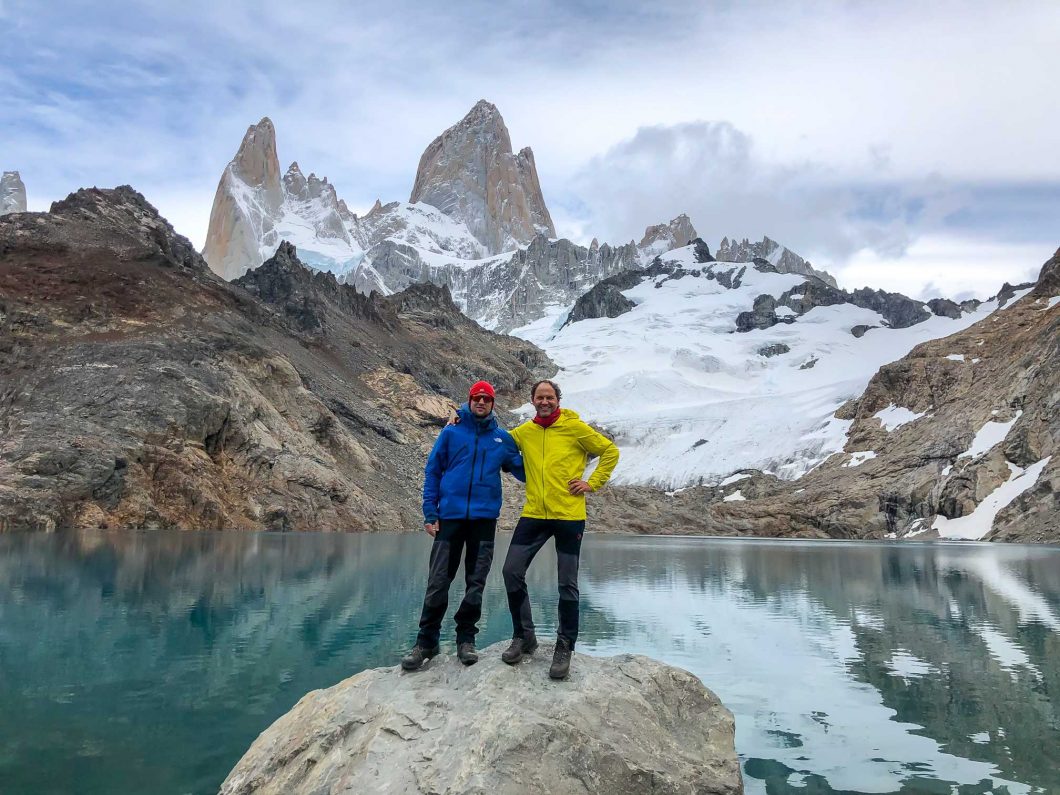
After a great hike, we took it straight to the bar for a beer and actually started to celebrate my birthday. The well-deserved reward in the form of the most beautiful liquid was amplified in El Chaltén by the great atmosphere in this great little village. In combination with the pleasant weather, it was just pulling you out for a beer.
The next morning some of us didn’t get up the easiest and I ccouldnt even think that after breakfast 22km was waiting for us. On a beautiful morning with a blue sky, we went on the second trek in El Chalten, the “Laguna Torre”. After Laguna de los tres, this is the second most visited trek in the area and we couldn’t miss it. It is not so difficult to hike it. It is more or less a “walker” that leads to the glacial lake below the hill “Cerro Torre”. Unfortunately we were not able to see the peak. Instead, we experienced a real Patagonian wind and we had to look for some lee where we could enjoy a good packed lunch and especially Patagonian beer.
Larger and smaller pieces torn from the glacier floating along the beach of the lake only amplified the view, which in itself was amazing. Compared to the previous day, we did not get such visibility of the peaks and the lake did not have the purest color, but we saw something else and we certainly did not regret the decision to go there.
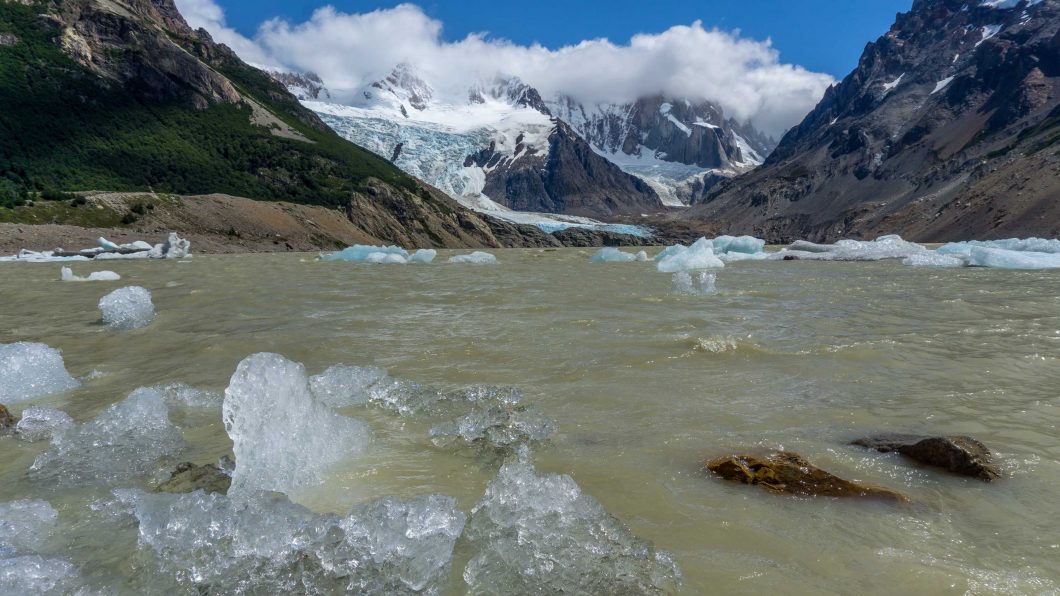
I would definitely recommend these two treks, as I think that visiting Patagonia and not seeing Fitz Roy or not experiencing the great relaxed atmosphere of the village of El Chaltén would be a sin.
From El Chalten we had to travel not only to another city but also to another country. From El Calafate, we boarded a double-decker bus in the direction of Puerto Natales, Chile. The journey took a little over 5 hours due to the slow process of crossing the border, but everything else was in perfect order.
Relatively late in the evening, we still managed to meet our guide in Puerto Natales and we would discuss the plan for the next 5 days in the Torres del Paine National Park. Originally, we didn’t even want a guide, as you don’t really need him in Torres Del Paine where everything is well marked and there are many tourists everywhere. However, as we decided only less than two months before our departure that we would go to Patagonia, it was too late to book individual campsites.
Torres Del Paine works on the basis of reserved places either in its own tent, in a tent built by the camp itself, a room with several beds or its own cottages. I read on the internet that it is recommended to arrange accommodation in the national park a year in advance. So we have almost no place left, so to speak, because January and February is the top season and everything was booked. We were left with the only option to buy the whole “package” with accommodation, food, transfers and a guide which was the best decision we could make.
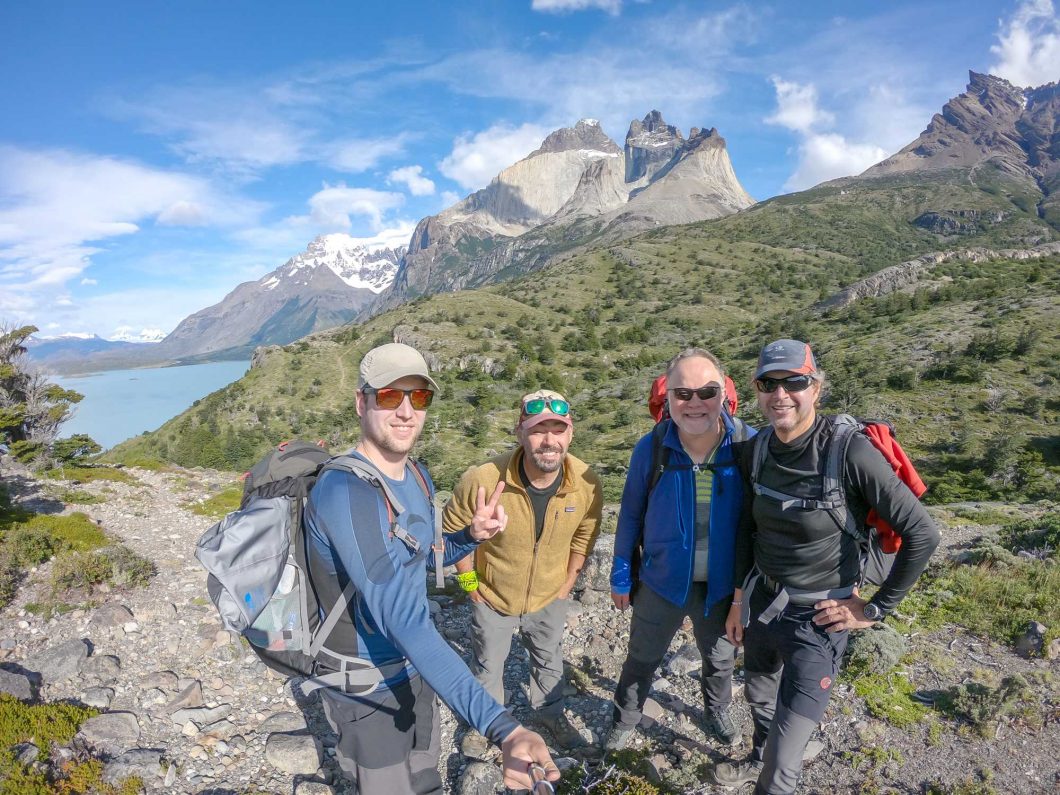
The next morning we had a guide Gustavo with the driver waiting for us. On dirt roads, we slowly approached the national park and the boat itself, which was to transport us to the beginning of our W trek. The name is derived from the three valleys through which the individual treks lead and form a letter W. This 4 to 5 day trek, most tourists start from east to west, but we have chosen the opposite alternative.
So we landed right at the Paine Grande campsite, where we left unnecessary luggage and went on a 26-kilometer hike to the Gray Glacier. In the morning, the Chilean part of Patagonia tried to show us its true face in the form of wind and rain, but not even at 10 o’clock in the morning when we set off on the trek, the weather seemed to improve and in some places the sun even shined.
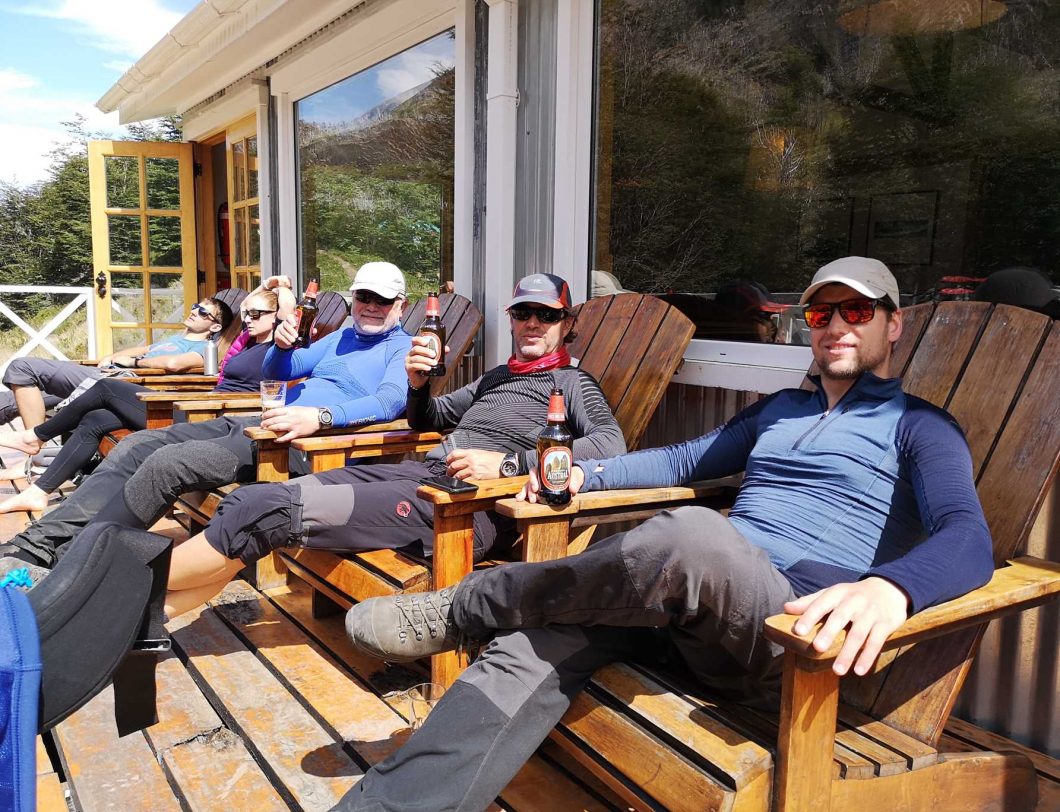
The route began with a gradual ascent to the viewpoint about halfway from where we could already see the glacier itself, the dimensions blew us away. From the viewpoint, however, we had a steep descent a few more kilometers to the campsite “Lago Gray” and another viewpoint “Glaciar Gray”, which was already in the immediate vicinity of the glacier. The Gray Glacier measures up to 28 km in length, is 6 km wide and covers an area of 270 square kilometers.
Before the trip back, we stopped at a campsite for a beer and I must say that beer in Argentina was much cheaper. So for 1 large bottle we paid on average around 8 to 9 €. The wine was a lot more expensive and the bottle cost us around € 28 on average.
The journey to Paine Grande ended similarly as it began, in the rain, although only relatively weak and short. 26 kilometers and the first successful day in Torres Del Paine was almost over. However, a bar on the second floor of the hotel overlooking the highest peak of the entire national park with the even name of the hotel – Paine Grande with a height of 2,884 alms. We could not refuse and so we ran straight for the “welcome drink”. The local beers are really excellent throughout Patagonia and the comfort together with the view of the beautiful mountains is hard to describe.
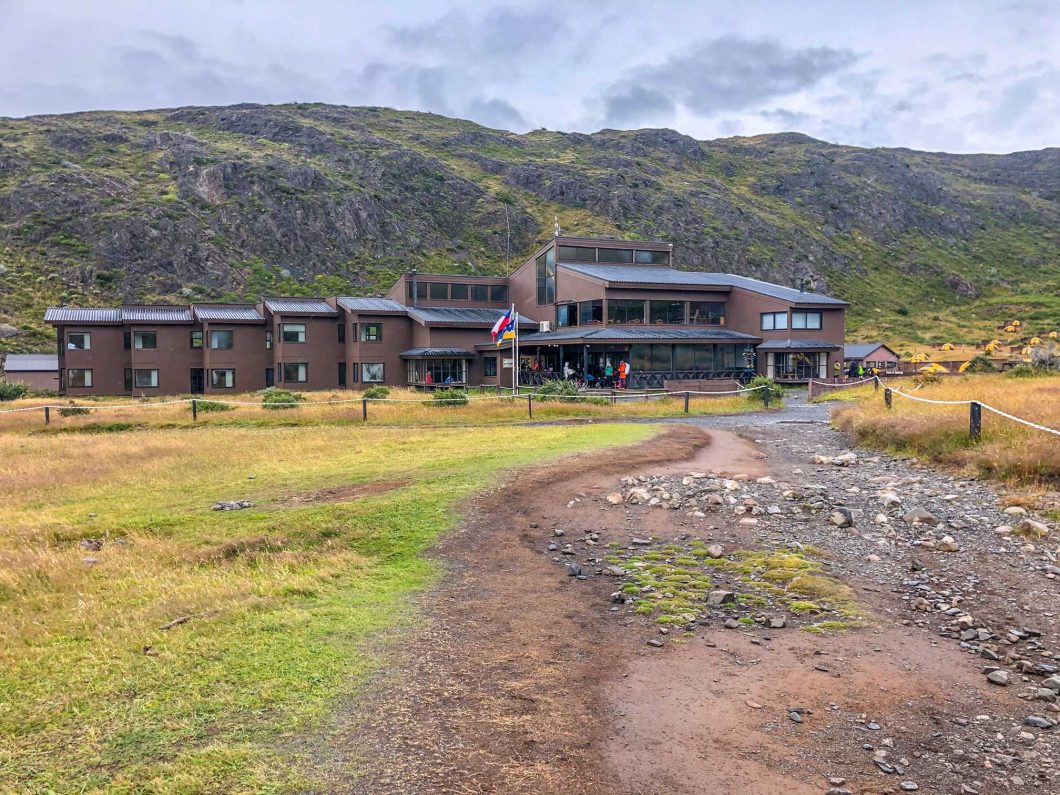
The next day we had a trek from Paine Grande to “Los Cuernos” with a stop at the French lookout point, which together was about 19 km. We walked through a large part of the forest marked by a fire caused by two tourists independently.
The first of them was a 31-year-old Czech who apparently inadvertently set fire to up to 160 square kilometers of vegetation in the national park in 2005. It is said that the recovery should have taken up to 10 years. But not even 7 passed and again the Israeli was in charge, when in 2011 burned 4% of the entire national park, which is about 110 square kilometers. The locals spoke very sadly about these negative events. People here really protect and respect nature, and it was very visible within the local guides.
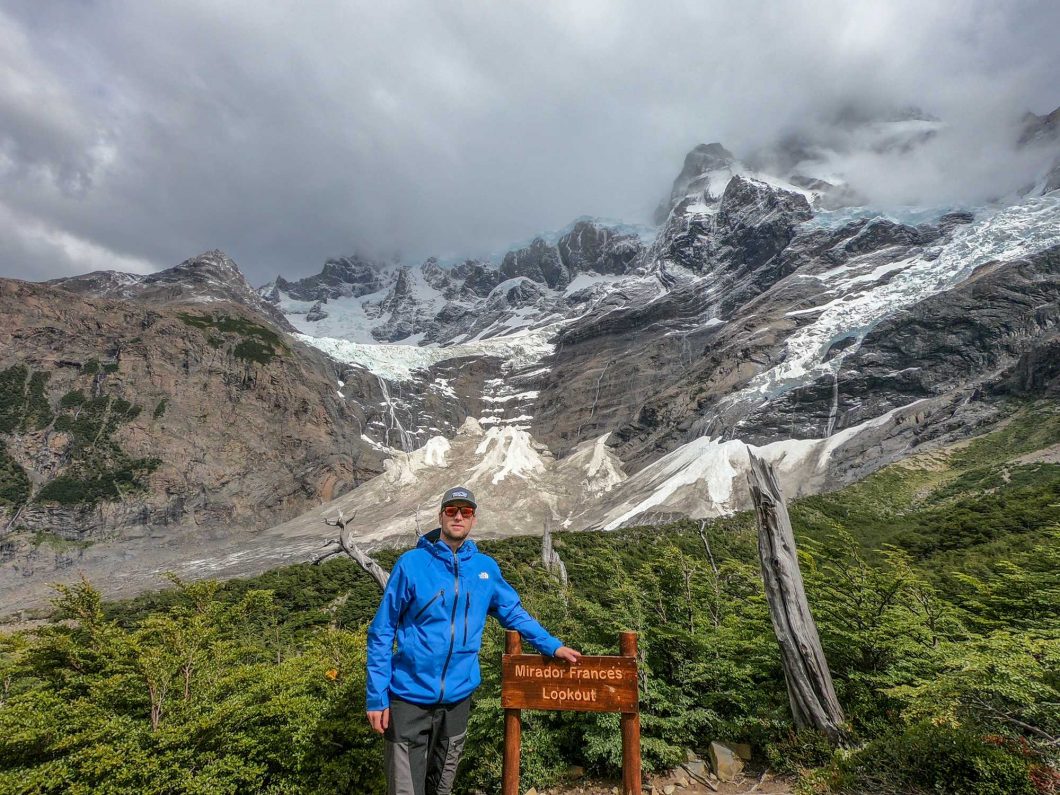
In the meantime, after a short hike we went to the “mirador Francés” which was probably the second most beautiful view after the trek under Fitz Roy. The valley through which we reached the viewpoint is evenly called the “Valle del Frances”, named after French climbers. Many valleys, lakes and peaks in Torres Del Paine are named after discoverers from different parts of the globe, but especially from Europe.
Arriving at the campsite Los Cuernos reminded us for a moment of our “Slovak sea” Croatia. We walked across the rocky beach of Lake Nordenskjold, named after a Swedish geologist and geographer who led several mineralogical expeditions in this part of Patagonia.
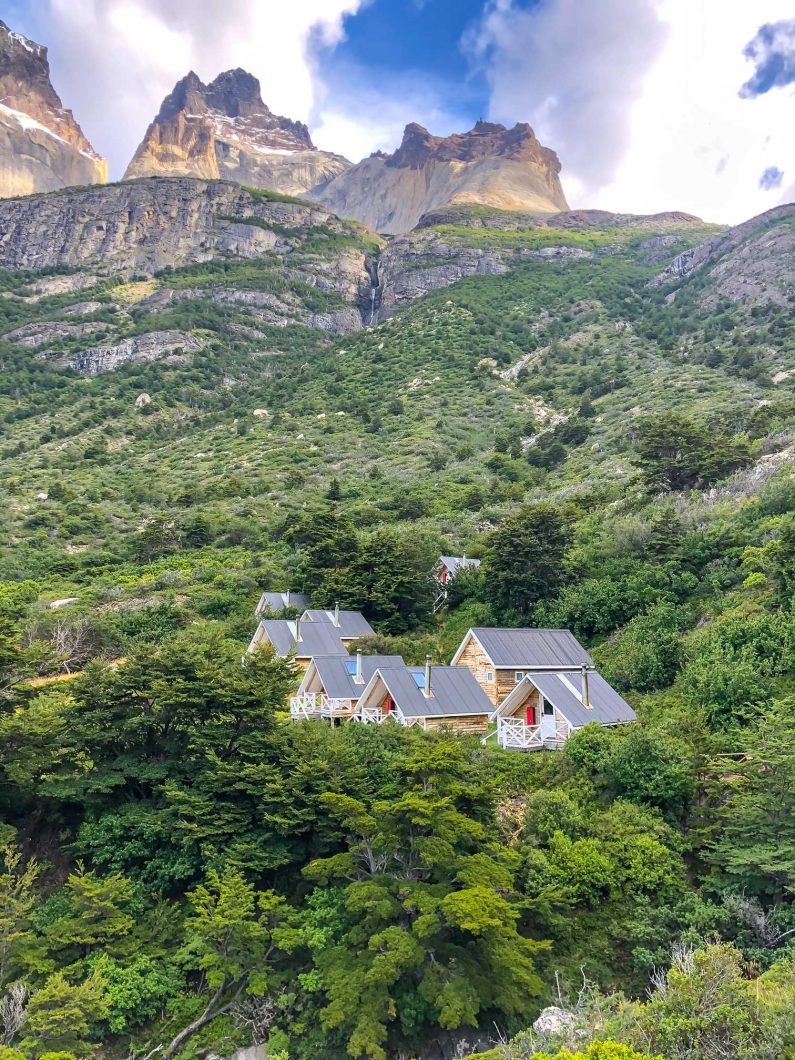
I was really looking forward to this camp because, according to the American woman we met during the trek, there were supposed to be amazing cottages from which you don’t even want to leave. And that’s exactly how it was. Accommodation was really great, own cottage with wood stove and priceless views.
The next morning we had a very easy transition between Los Cuernos and Hotel Las Torres. It was only 13 km and this day was probably the most beautiful and the warmest. It was almost no wind and definitely above 20 degrees. The route led along the already mentioned lake Nordenskjold and in addition to beautiful views of the hills and lakes around, we also crossed a nice suspension bridge.
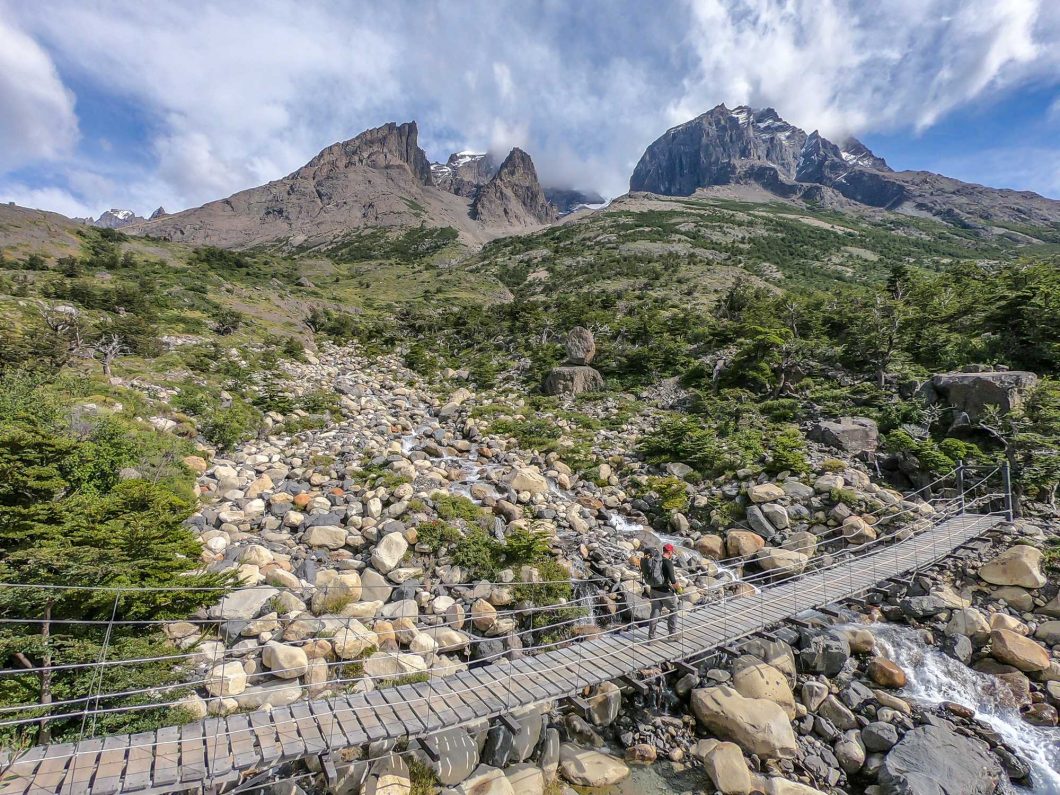
Hotel Las Torres was already an extreme luxury that one does not normally look for in the mountains, but due to the already mentioned lack of accommodation capacity in the national park, we had to reach for this option of a complete package. Of course, such comfort did not interfere with us at all. The hotel even brewed its own beer and it was really tasty.
The owner of the hotel and almost half of the national park is a family from the former Yugoslavia, who immigrated to Chile a long time ago and its next generations, according to our guide, take care of the hotel but especially the park as such. If it weren’t for this family and their love for nature and horses, Torres del Paine National Park would not be the place it is at the moment.
After the first night, due to strong gusts into the construction of a wooden hotel, a beautiful clear morning and our last trek in Patagonia awaited us. It was a trek to the Base Torres viewpoint, which was supposed to be the hardest and touristiest in the whole park. It is a very popular 1-day trip, as it is located at the entrance border of the park and tourists from Puerto Natales can take it in one day without having to sleep in the park, which makes it unnecessarily expensive.
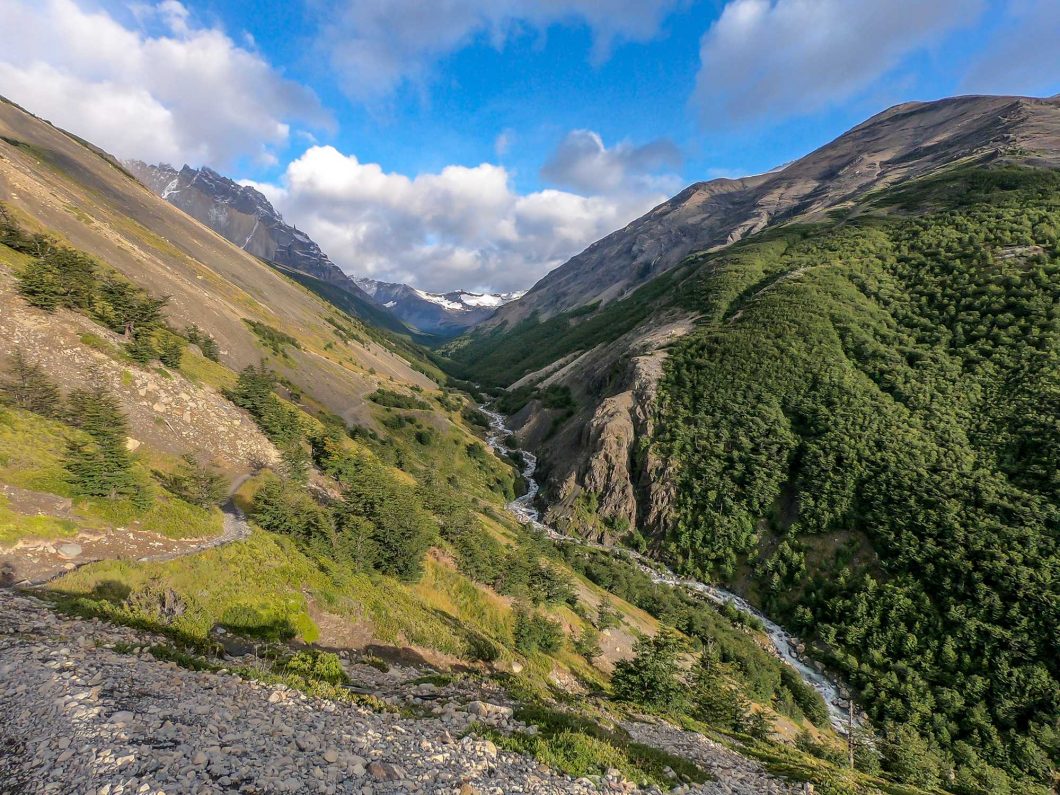
Happiness in the form of windlessness and blue sky smiled at us again and we really enjoyed the hike. The last 2-3 kilometers are already quite steep, but you just have to reckon with that. However, the reward for us was the uncovered “Torres” towers, after which the view itself is called. As everywhere, there was a lake and several dozen tourists. Among other things, there is also a sign with a ban on swimming. I thought that which fool would bathe in such cold water, but our guide added that the Russians usually bathed there, so that’s why the bans.
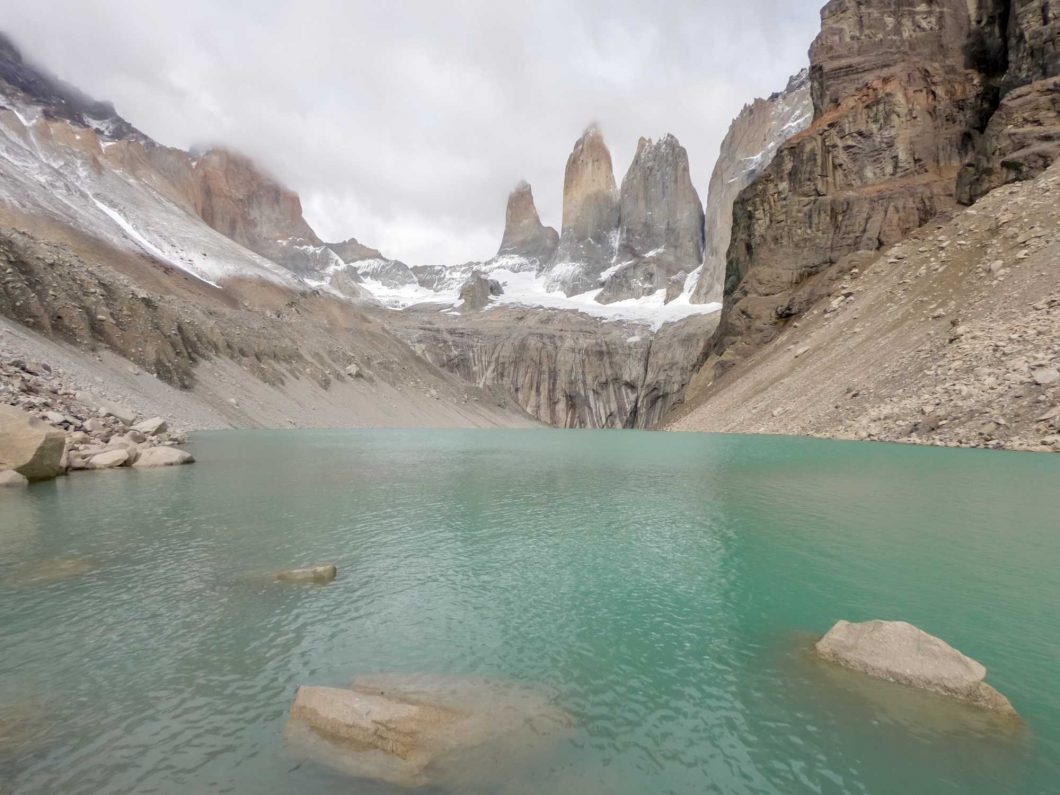
On the way down we stopped for beer from Patagonia “Austral” about half way in the camp Chileno. Such a reward will always please you, even though we were most pleased with the weather and the relatively weak wind during the whole trip, which is a relatively little seen phenomenon in Patagonia.
On the way from the Las Torres Hotel we still had the opportunity to admire the wild “Guanacos” which is actually a related species to Lama. The path to discovering Patagonia was slowly coming to an end, and if I had to sum it all up in one sentence, I would probably write something like this:
“Patagonia takes us from the southernmost city on the globe Ushuaia via El Calafate with the most famous glacier Perito Moreno to the charming village of El Chaltén with its breathtaking views and treks to Puerto Natales, the gateway to Torres del Paine National Park and great 4 days of hiking and this amazing place showed the unprecedented beauty of wild nature, glaciers, lakes and excellent peaks of unique shapes characteristic for Patagonia. “

Laguna de los tres and view of Fitz Roy, El Chalten, Patagonia 
Laguna Torre, El Chalten, Patagonia 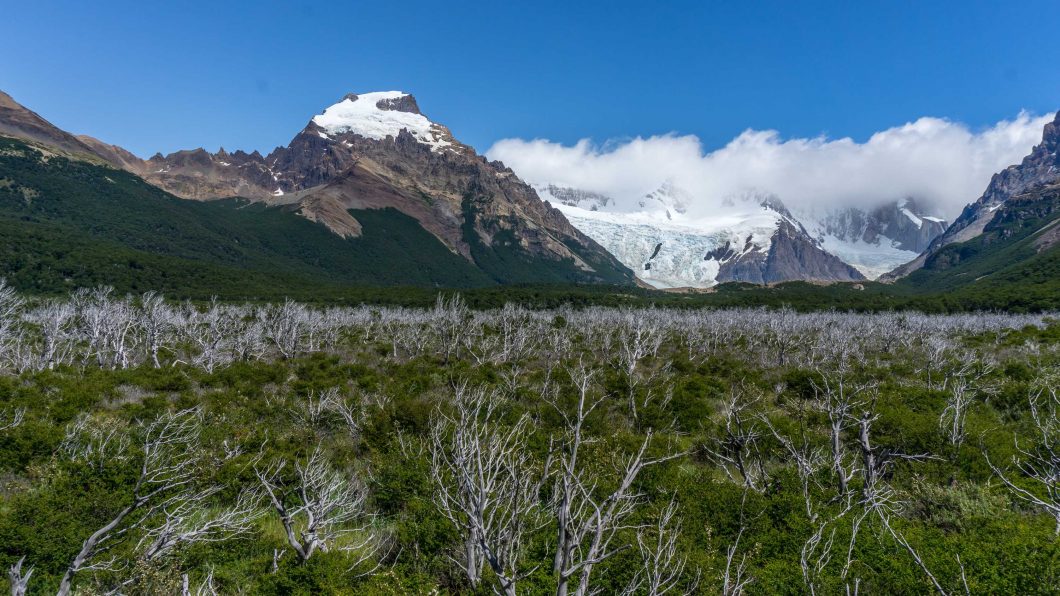
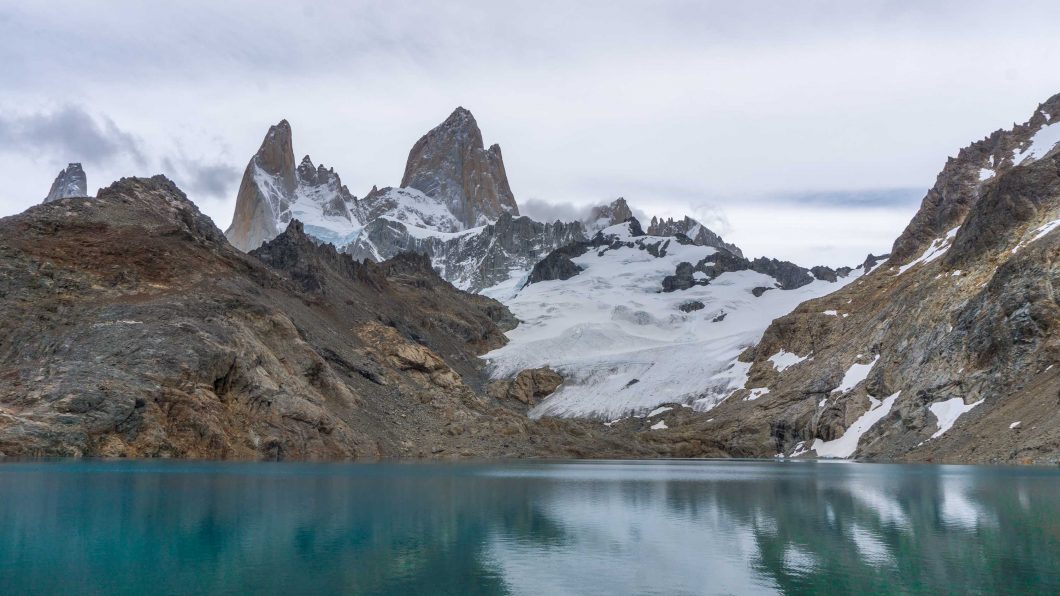
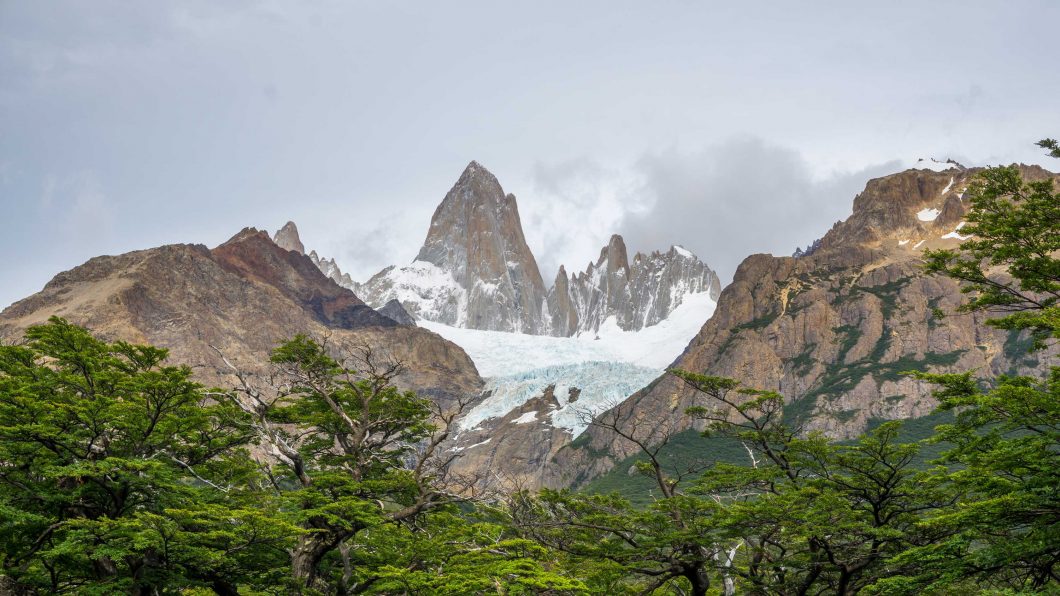
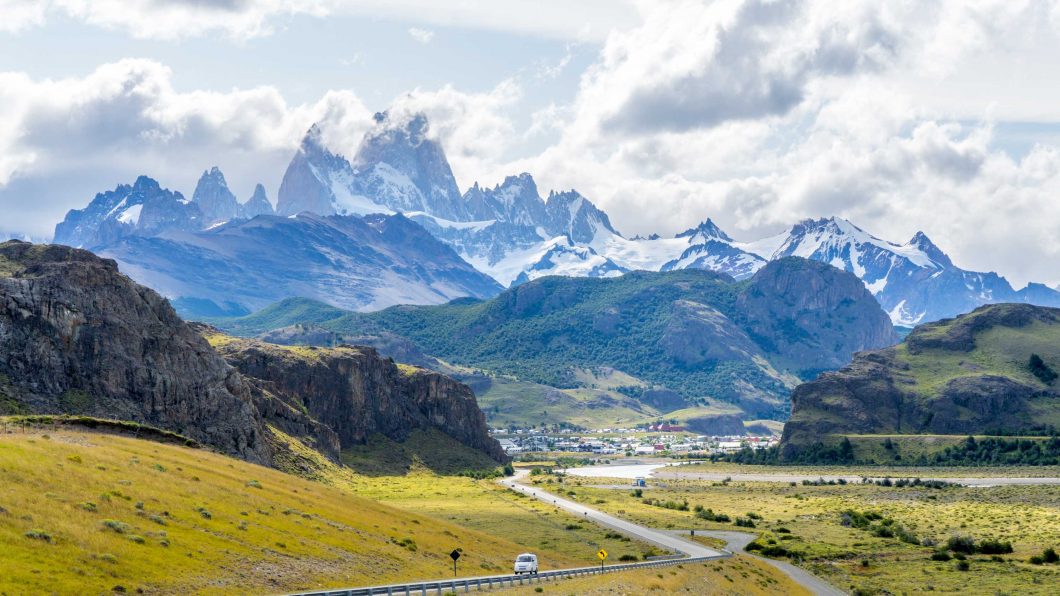

National park Los Glaciares, El Chalten, Patagonia 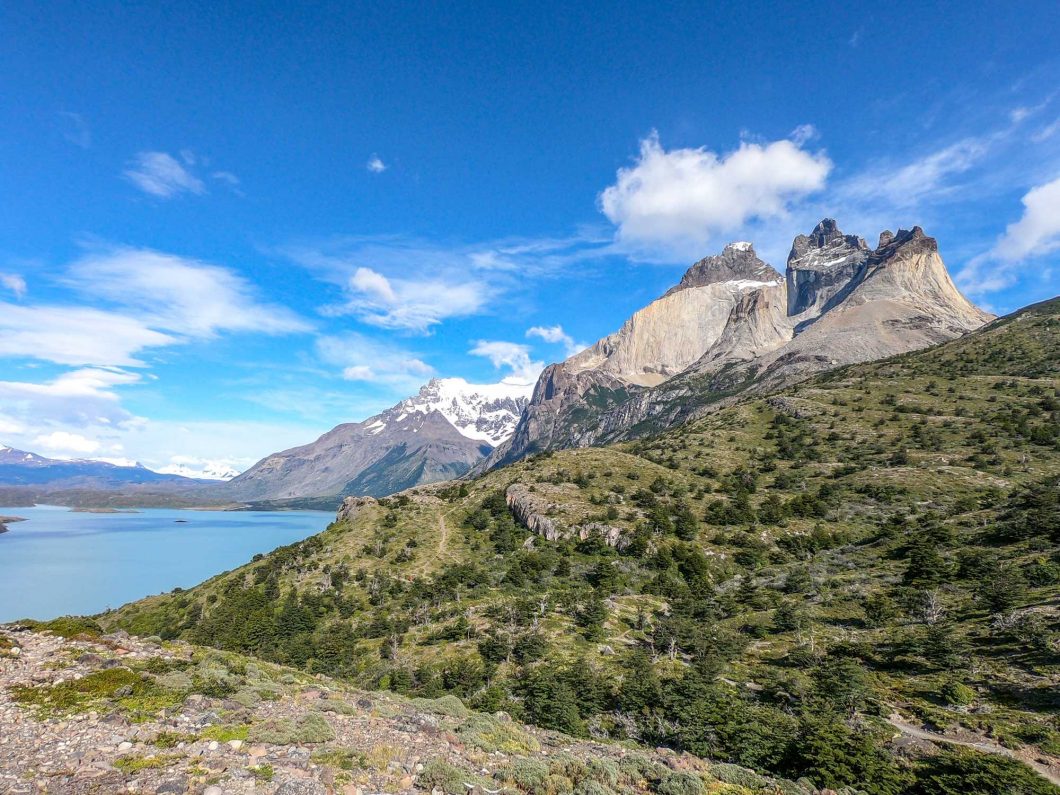

With our guide Gustavo 
Torres del Paine, Patagonia 
Trek to Base Torres, Patagonia 
Base Torres, Torres del Paine, Patagonia 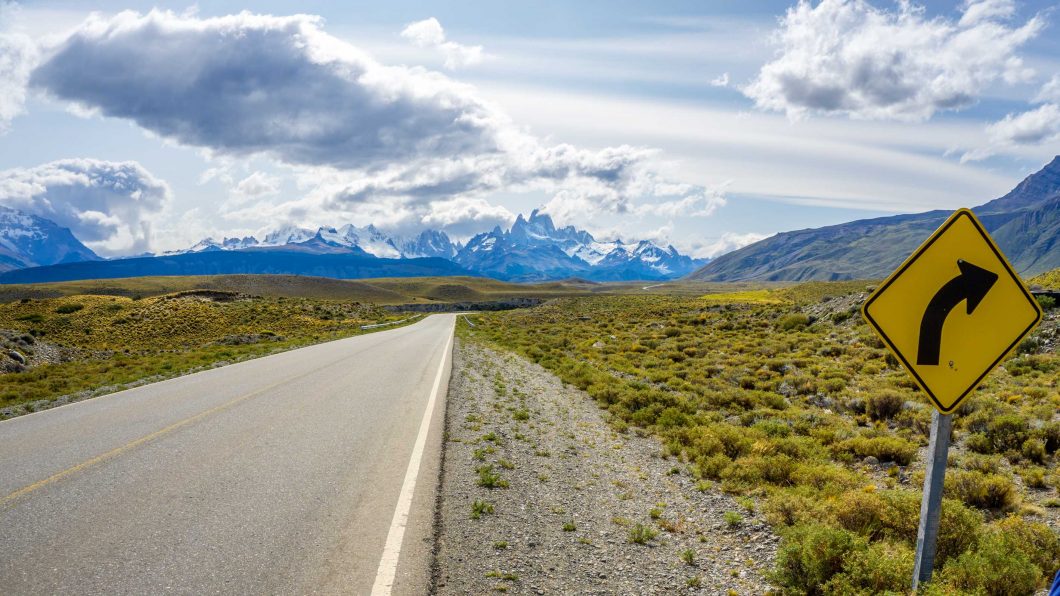

Mirador Frances, Torres del Paine, Patagonia 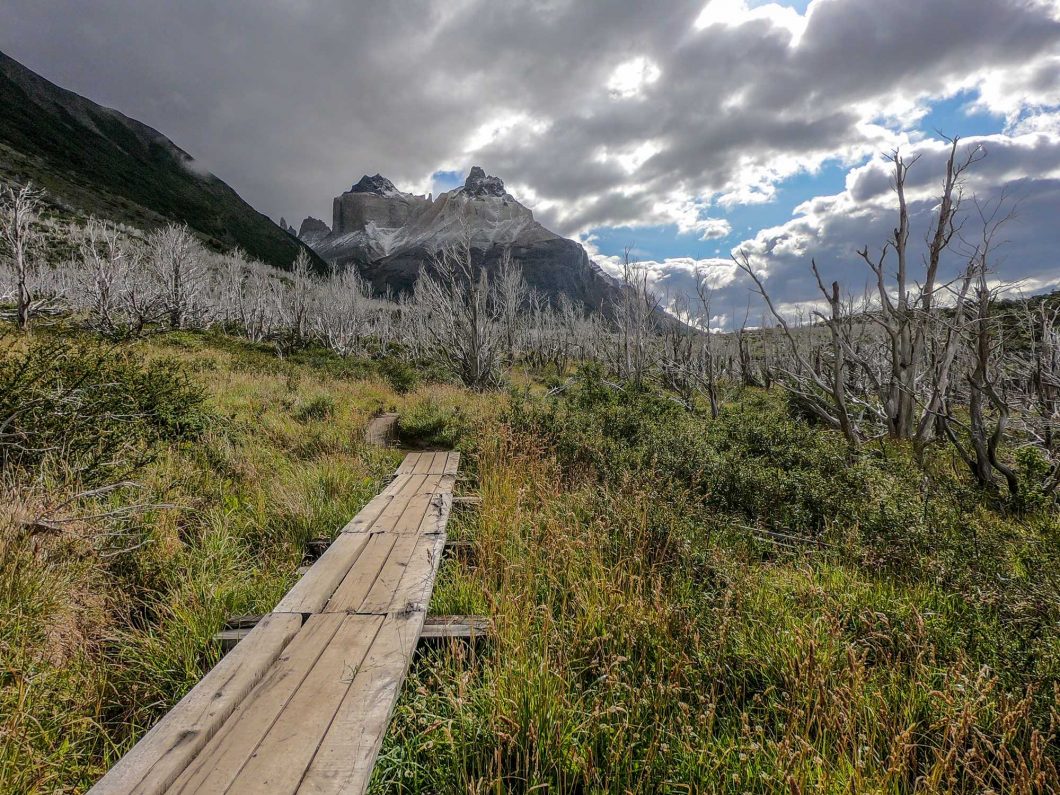
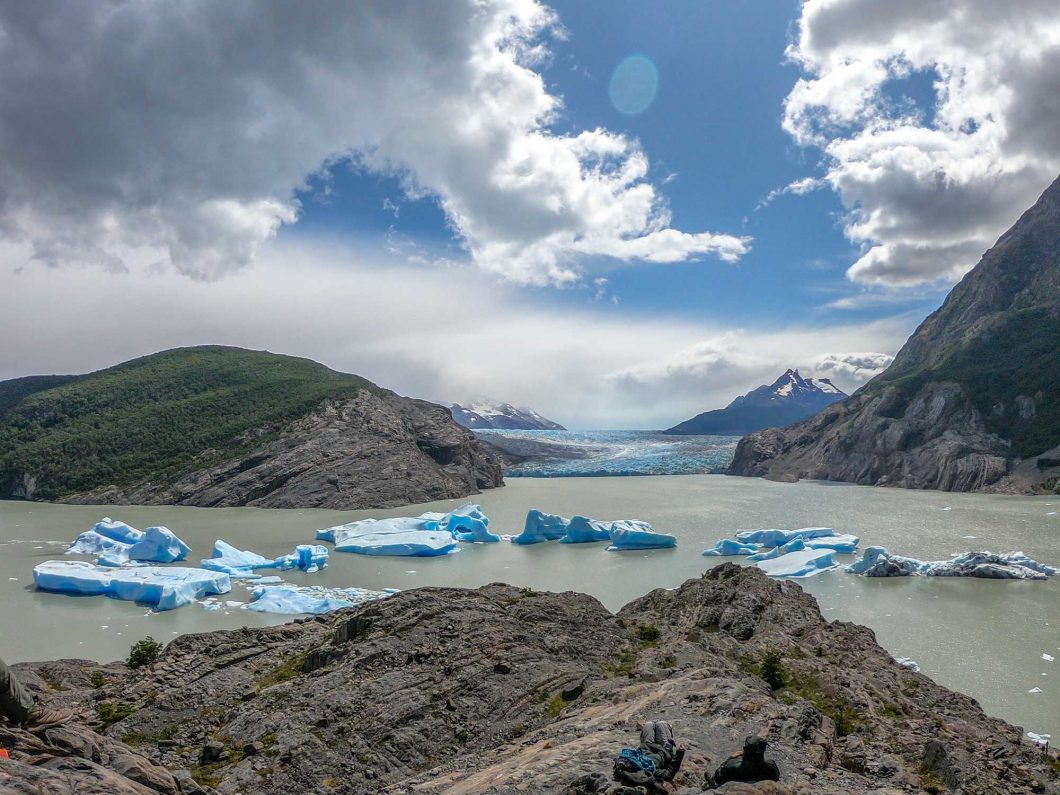

Perito Moreno, Paragonia 
Perito Moreno, Paragonia 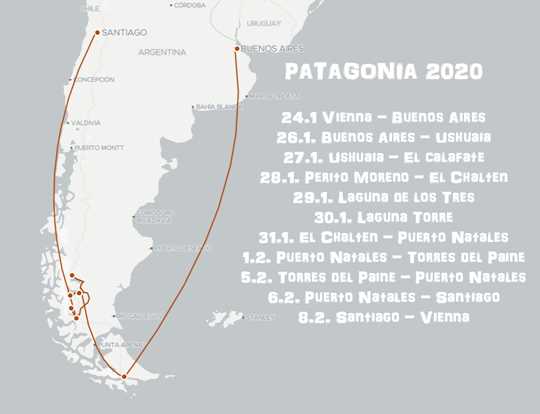

Campsite Los Cuernos, Torres del Paine, Patagonia 

Hike to Martial glacier, Ushuaia 